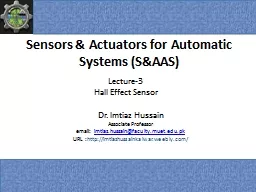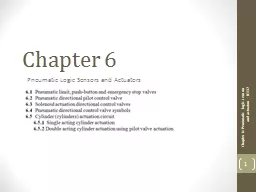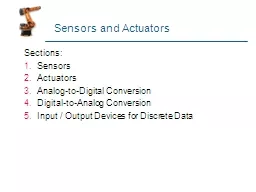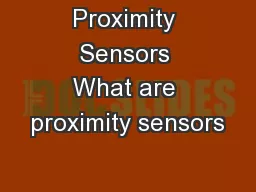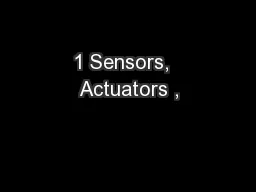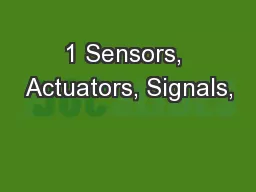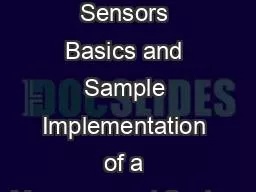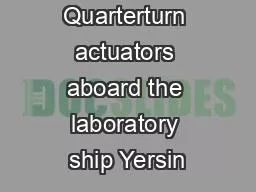PPT-Sensors & Actuators for Automatic Systems (S&AAS)
Author : cheryl-pisano | Published Date : 2017-06-15
Dr Imtiaz Hussain Associate Professor email imtiazhussainfacultymuetedupk URL httpimtiazhussainkalwarweeblycom Lecture3 Hall Effect Sensor 1 Lecture Outline Introduction
Presentation Embed Code
Download Presentation
Download Presentation The PPT/PDF document "Sensors & Actuators for Automatic Sy..." is the property of its rightful owner. Permission is granted to download and print the materials on this website for personal, non-commercial use only, and to display it on your personal computer provided you do not modify the materials and that you retain all copyright notices contained in the materials. By downloading content from our website, you accept the terms of this agreement.
Sensors & Actuators for Automatic Systems (S&AAS): Transcript
Download Rules Of Document
"Sensors & Actuators for Automatic Systems (S&AAS)"The content belongs to its owner. You may download and print it for personal use, without modification, and keep all copyright notices. By downloading, you agree to these terms.
Related Documents

